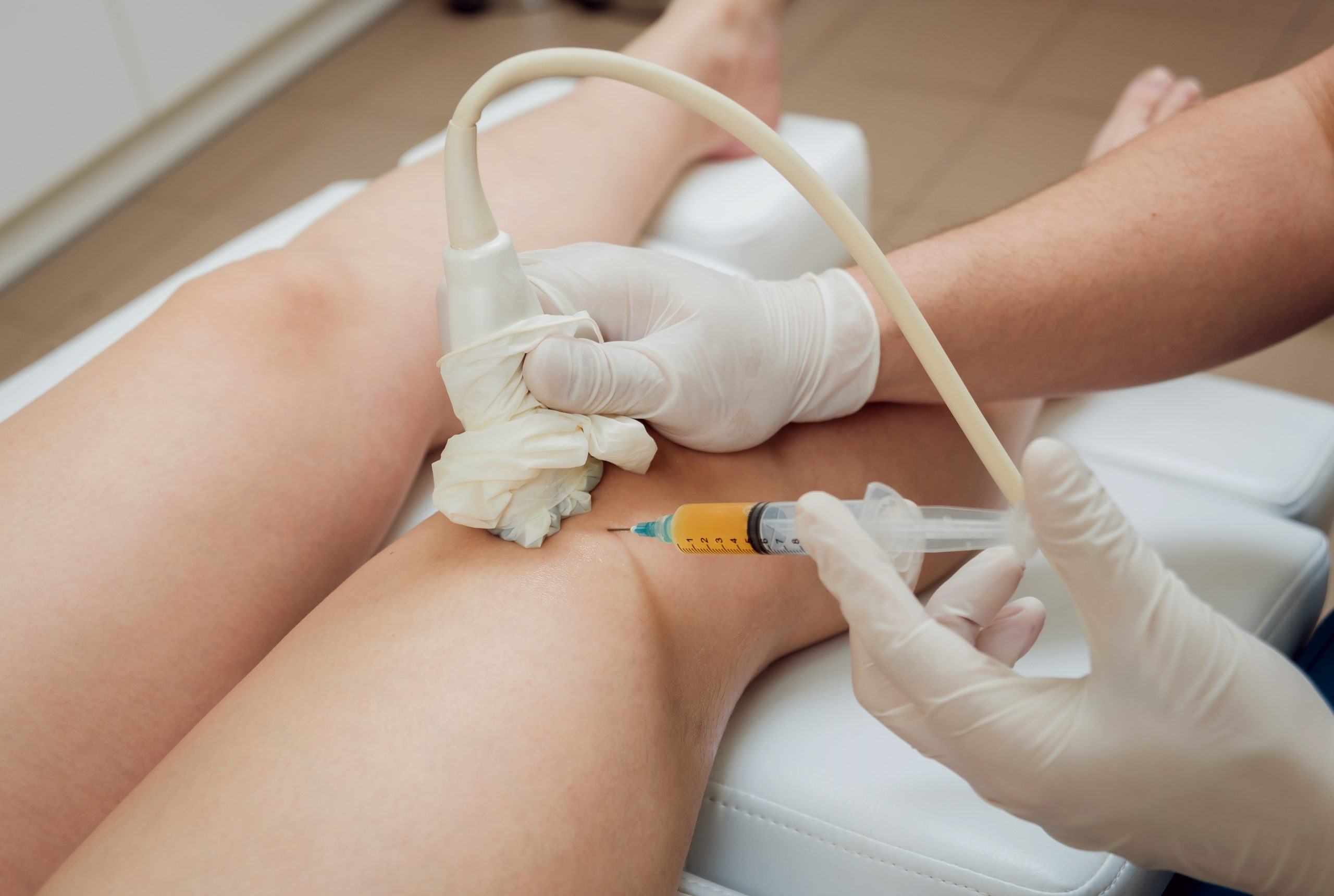Because of Arthrex’s over 30 years of expertise, “ACP-PRP” therapy at the LifePLus Hospital in Tirana has reached the highest levels.
With approximately 3000 workers globally in research, development, and sales, this organization has played and continues to play an important role in creating innovative therapies for various joint diseases. Arthrex is currently recognized as the industry leader in reconstructive orthopedic surgery.
Healing injured or inflamed tissues entail a number of intricate natural processes that the body has perfectly tailored. Platelets (blood platelets) are crucial in this process. They release growth factors at the site of injury, which stimulate the repair of damaged tissue and prevent unpleasant inflammatory processes. The whole mechanism of “ACP-PRP” Therapy (Autologous Conditioned Plasma – Platelet Rich Plasma) is based on these processes.
This therapy powerfully and quickly helps the self-healing processes of the human body due to the high concentration of growth factors.

WHEN SHOULD ACP-PRP THERAPY BE USED?
- IN THE EVENT OF SPORTS INJURY – If you are currently in a process of rehabilitation or being treated for a sports injury, this therapy can help your body’s healing processes. Most locomotor system injuries, including ligaments and tendons, as well as muscle and tendon injuries, can benefit from ACP.
- IN THE TREATMENT OF OSTEOARTRITIS – Osteoarthritis often limits physical exercise. Early-stage osteoarthritis symptoms include joint pain and morning stiffness. Another common symptom is soreness after short walks following periods of inactivity. These symptoms are caused by articular cartilage degradation. ACP-PRP treatment has been demonstrated to be very effective in treating patients with mild to moderate (Grade I-III) osteoarthritis symptoms.
- IN THE PATIENT’S POST-OPERATIVE PHASE – The use of this therapy in the post-operative phase, due to growth factors and self-healing processes, produces ideal circumstances for the patient to recover much faster.
HOW DOES THE THERAPY PROCEDURE WORK?
- Blood is drawn from a vein in the patient’s arm.
- A centrifugal and separation procedure extracts and concentrates the desired substances of the body (ACP – Processed Autologous Plasma);
- The desired substances are then injected into the affected area.
ADVANTAGES FOR THE PATIENT:
- It is an outpatient operation;
- The process is very quick (less than 30 minutes);
- The active substance is derived from the patient’s own body. As a consequence, it is very well accepted and gives noticeable results in a short period of time.







